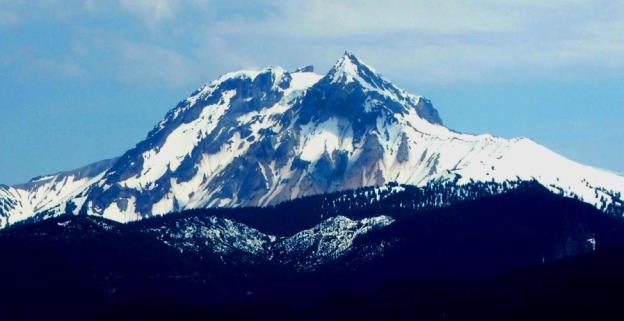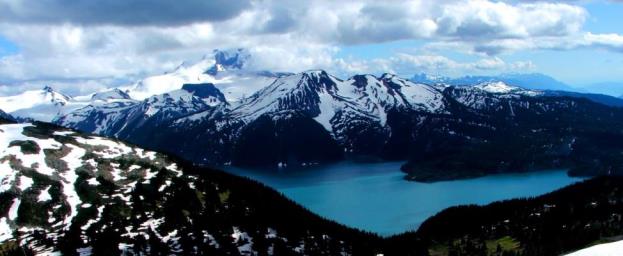Chapter 4 Volcanism
Learning Objectives
After carefully reading this chapter, completing the exercises within it, and answering the questions at the end, you should be able to:
- Explain the relationships between plate tectonics, the formation of magma, and volcanism.
- Describe the range of magma compositions formed in differing tectonic environments, and discuss the relationship between magma composition and eruption style.
- Explain the geological and eruption-style differences between different types of volcanoes, especially shield volcanoes, composite volcanoes, and cinder cones.
- Understand the types of hazards posed to people and to infrastructure by the different types of volcanic eruptions.
- Describe the symptoms that we can expect to observe when a volcano is ready to erupt, and the techniques that we can use to monitor those volcanic symptoms and predict eruptions.
- Summarize the types of volcanoes that have erupted in British Columbia since 2.6 Ma, and the characteristics of some of those eruptions.
A volcano is any location where magma comes to the surface, or has done so within the past several million years. This can include eruptions on the ocean floor (or even under the water of a lake), where they are called subaqueous eruptions, or on land, where they are called subaerial eruptions. Not all volcanic eruptions produce the volcanic mountains with which we are familiar; in fact most of Earth’s volcanism takes place along the spreading ridges on the sea floor and does not produce volcanic mountains at all—not even sea-floor mountains.
Canada has a great deal of volcanic rock, but most of it is old, some of it billions of years old. Only in B.C. and the Yukon are there volcanoes that have been active since 2.6 Ma (Pleistocene or younger), and the vast majority of these are in B.C. We’ll look at those in some detail toward the end of this chapter, but a few of them are shown on Figures 4.0.1 and 4.0.2.
The study of volcanoes is critical to our understanding of the geological evolution of Earth, and to our understanding of significant changes in climate. But, most important of all, understanding volcanic eruptions allows us to save lives and property. Over the past few decades, volcanologists have made great strides in their ability to forecast volcanic eruptions and predict the consequences—this has already saved thousands of lives.


Media Attributions
- Figures 4.0.1, 4.0.2: © Steven Earle. CC BY.
a volcanic eruption that takes place under water
a volcanic eruption that takes place on land

